Hansel and Gretel is a classic fairy tale, the most popular version of which is attributed to the Brothers Grimm. This story manages to bring together childhood innocence with the fantastic elements typical of fairy tales, including a witch as an antagonist. The house made of cookies and candy is also presented as an important part of this story, almost as important as the protagonists themselves.
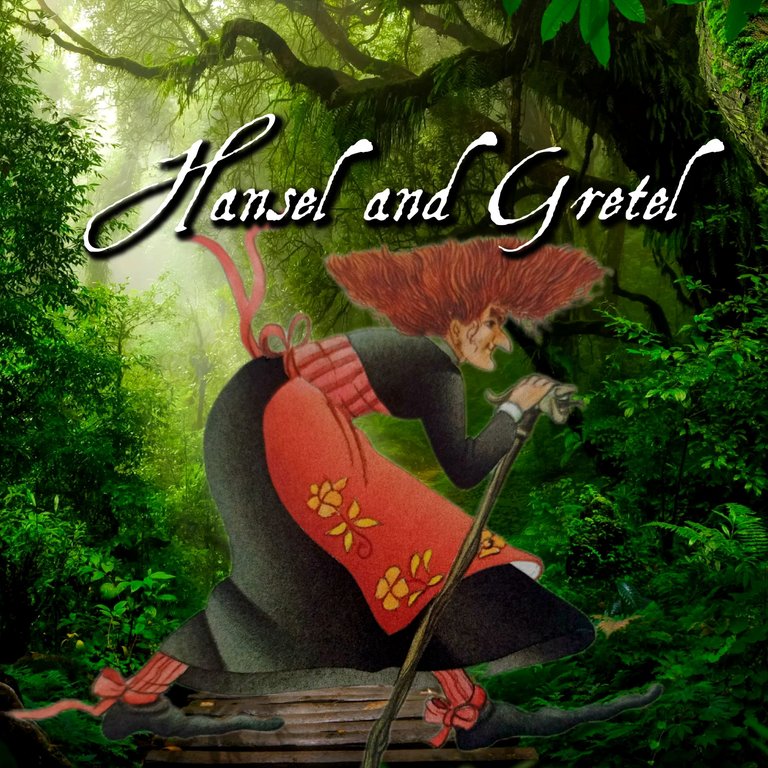
As in The Seven-League Boots, where the character Thumbelina first appears, in Hansel and Gretel children are also abandoned in the forest due to their parents' inability to feed them. The historical-situational context indicates that such a practice became common in Europe during the Hundred Years' War.
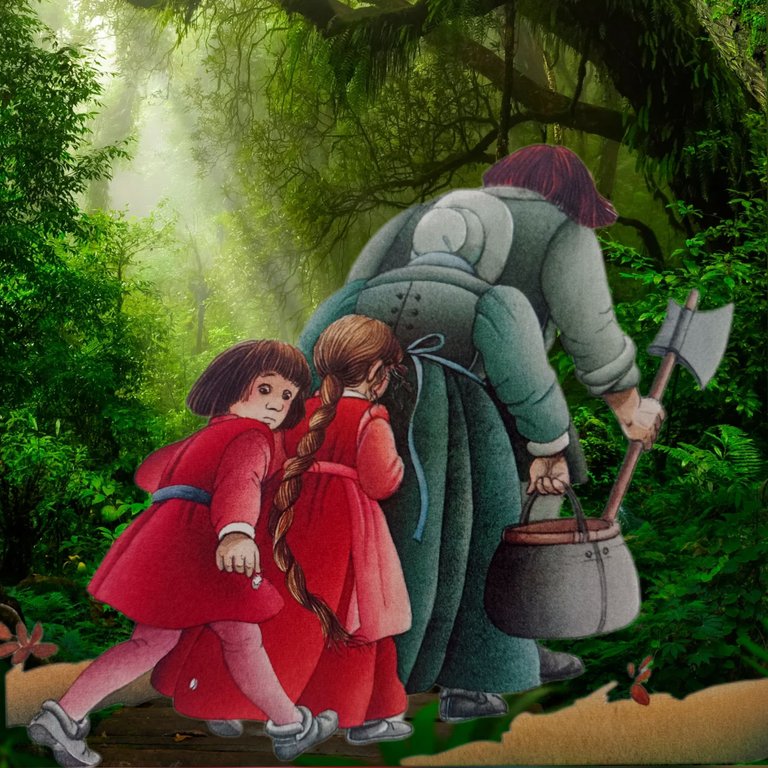
In today's society it is questionable that a mother would be the one to suggest abandoning her children and prefer to drag this burden on her conscience, but this is what happens in the story. It is disturbing the actions of the parents, unjustifiable when there is no evidence of a conflictive relationship between them, that instead of sacrificing themselves, they prefer to forget about the children, abandoning them to their fate. The father was against the idea, but he let himself be convinced by his wife's arguments.
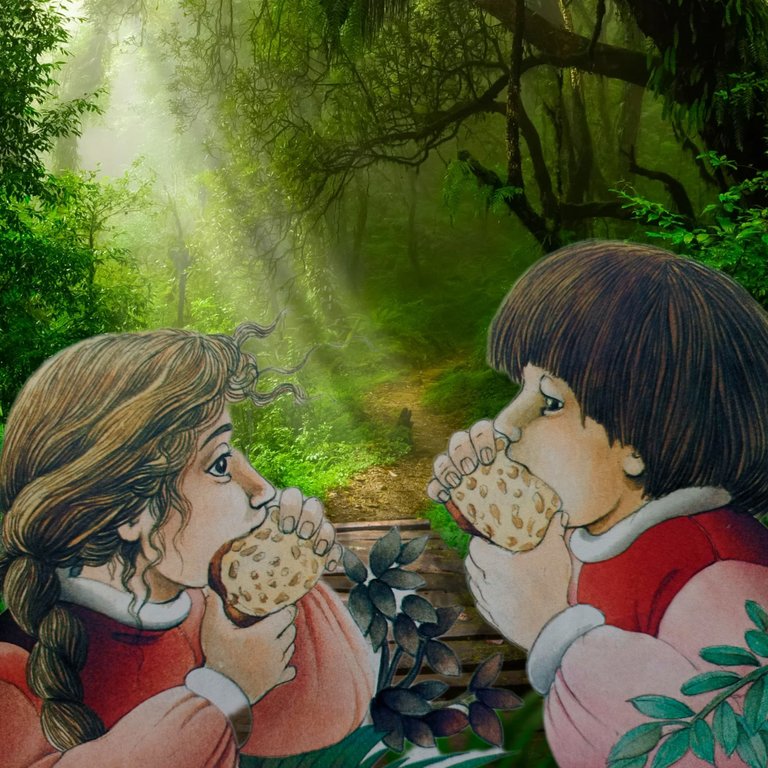
The child-eating witch, described according to the stereotype of fairy tales, is the villain of the story, since she feeds the children and then eats them later. In contrast, Gretel emerges as the heroine, she did not plan an escape but took advantage of the circumstances and tilted them in her favor, in this way she managed to kill the witch, free her brother and between the two of them they steal her treasure.
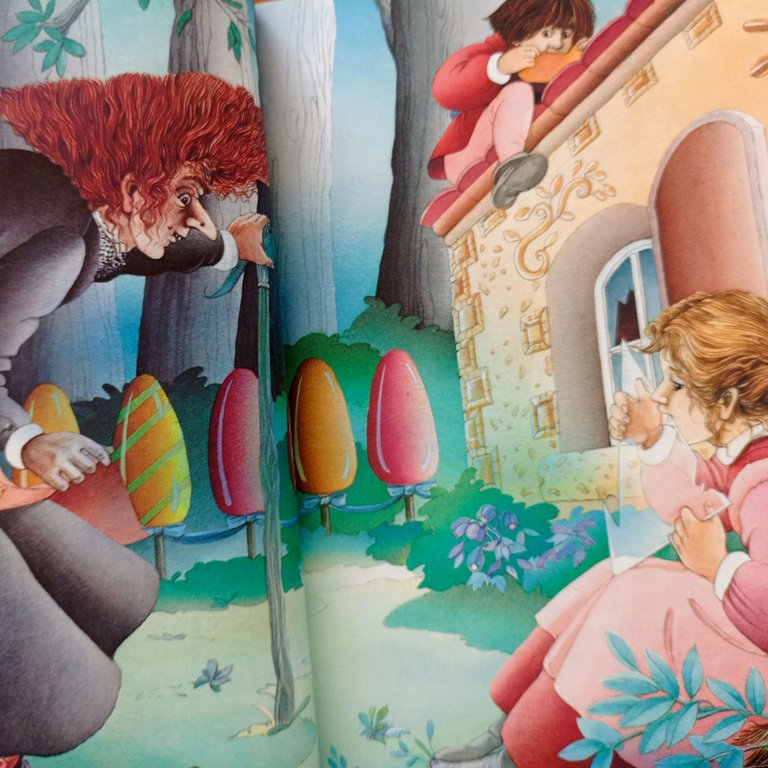
In the course of the story, the mother did not show any attachment to her children or repentance after the abandonment, for this reason Hansel and Gretel did not show that they loved her either, the affection that is reflected is towards their father. The story culminates with the unexpected and unexplained death of the mother, after a month of the children being missing in the forest. The children neither miss her nor exhibit grief for her loss, rather the narrator presents us with a happy family without her.
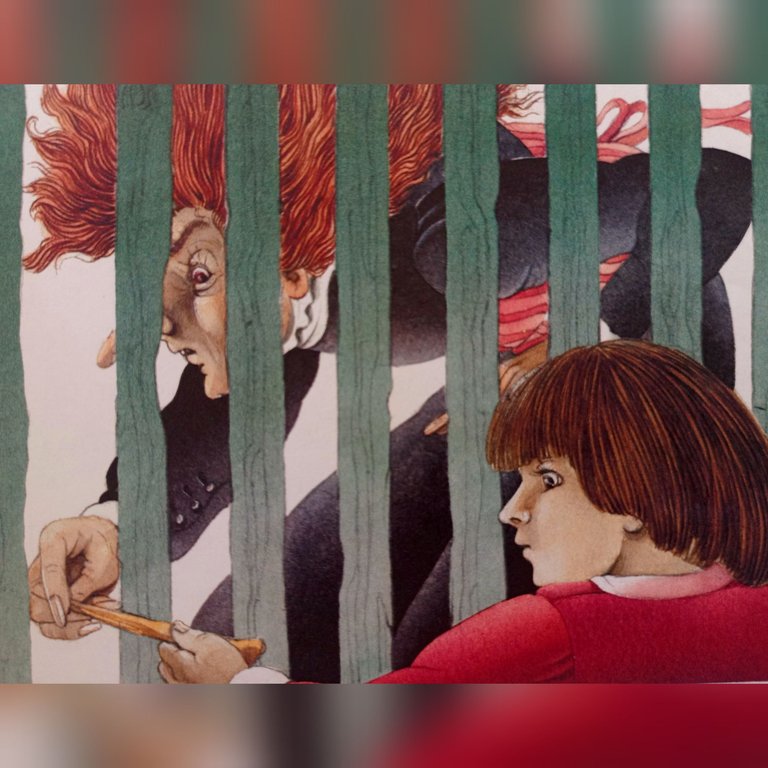
The teaching at this point could be considered disturbing, the reading to the children may suggest that the consanguineous level has no value if the mother is shown as a cruel, selfish and self-interested person. The dysfunctional family is presented here, but it must be emphasized that this is an exception since the mother figure, in general, usually shows unconditional love for her little ones.
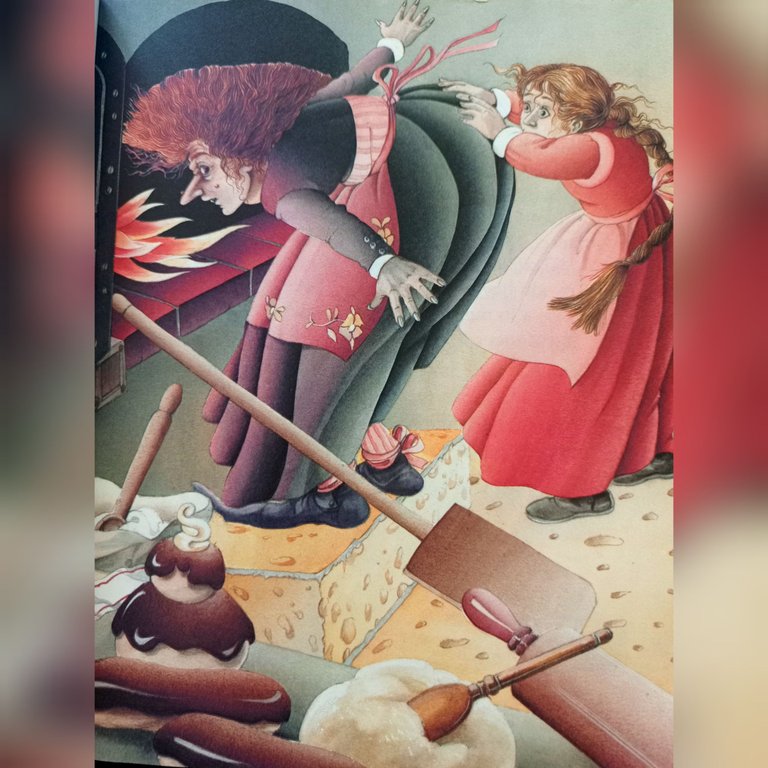
Without a doubt, Hansel and Gretel is a story full of fantasy, but also with a veiled and bitter social criticism, which is blurred in the behavior of the parents and, especially, the manipulation of the woman, who wishes to free herself from the responsibility of caring for and supporting her children. Likewise, the fact that it is the children who must "support" their parents and leave home to seek their fortune is hinted at.
Versión en EspañolHansel y Gretel es un cuento clásico, cuya versión más popular es asignada a los Hermanos Grimm. Este relato logra reunir la inocencia infantil con los elementos fantásticos propios de los cuentos de hadas, incluyendo a una bruja como antagonista. La casa fabricada con galletas y golosinas también se presenta como pieza importante de esta historia, casi tan trascendente como los propios protagonistas.

Tal como ocurre en el cuento Las botas de siete leguas, donde aparece por vez primera el personaje Pulgarín, en Hansel y Gretel los niños también son abandonados en el bosque debido a la imposibilidad de sus padres para alimentarlos. El contexto histórico-situacional nos indica que tal práctica se hizo común en Europa durante la Guerra de los Cien Años.

En la sociedad actual es cuestionable que una madre sea la que sugiera abandonar a sus hijos y prefiera arrastrar ese peso en su conciencia, pero así ocurre en el relato. Resulta inquietante las acciones de los padres, injustificable cuando no se advierte una relación conflictiva entre ambos, que en lugar de sacrificarse prefieran olvidarse de los niños, desamparándolos a su suerte. El padre se mostraba contrario a la idea, pero de igual manera se dejó convencer por los argumentos de su esposa.

La bruja come niños, descrita según el estereotipo de los cuentos de hadas, es la mala de la historias ya que los alimenta para después degustarlos más adelante. En contraste, Gretel surge como la heroína, no planificó una huída sino que aprovechó las circunstancias y las inclinó a su favor, de esta forma logró matar a la bruja, liberar a su hermano y entre los dos roban su tesoro.

En el transcurso de la historia, la madre no manifestó apego por sus hijos ni arrepentimiento tras el abandono, por tal razón Hansel y Gretel tampoco demostraron que la querían, el cariño que se refleja es hacia su padre. El cuento culmina con la muerte inesperada e inexplicable de la mamá, tras un mes de que los niños estaban desaparecidos en el bosque. Los niños ni la extrañan ni exhiben dolor por su pérdida, más bien el narrador nos presenta a una familia feliz sin ella.

La enseñanza en este punto podría considerarse perturbadora, la lectura a los niños puede sugerir que el nivel consanguíneo no tiene valor si la madre se muestra como una persona cruel, egoísta e interesada. La familia disfuncional se presenta acá, pero hay que resaltar que se trata de una excepción ya que la figura de la madre, por lo general, suele mostrar amor incondicional por sus pequeños.

Sin duda, Hansel y Gretel es una historia llena de fantasía, pero también con una crítica social velada y amarga, la cual se desdibuja en el comportamiento de los padres y, en especial, la manipulación de la mujer, quien desea liberarse de la responsabilidad de cuidar y mantener a sus hijos. De igual forma, se deja entrever el hecho de que son los niños los que deben "mantener" a sus padres y salir de casa a buscar fortuna.
✓Photos from my personal gallery, edited with Fotocollage.
✓Text translated with DeepL.
✓Fotos de mi galería personal, editadas con Fotocollage.
✓Texto traducido con DeepL.
Posted Using INLEO